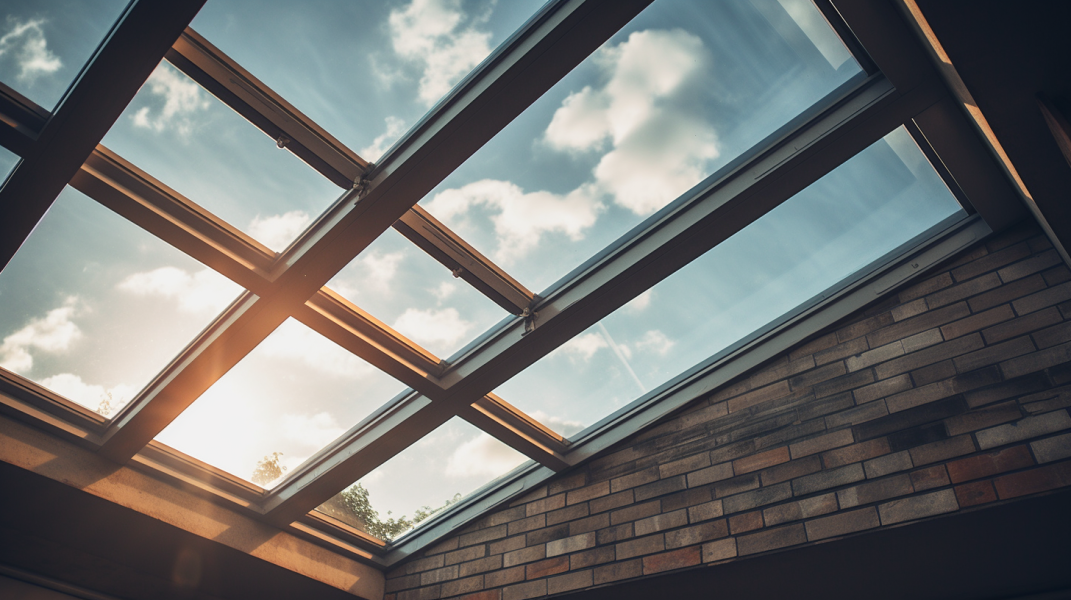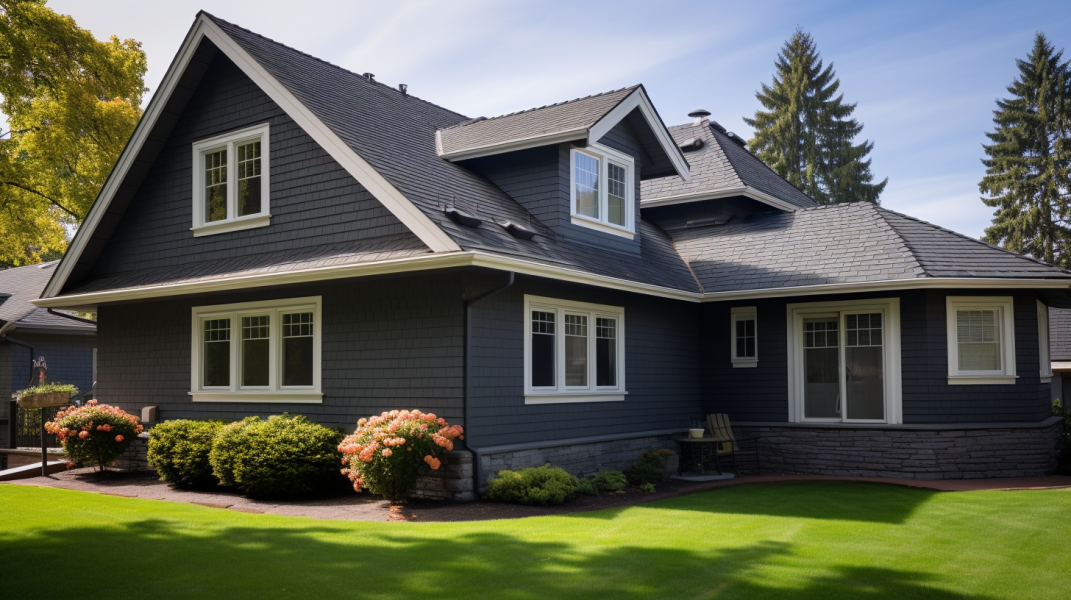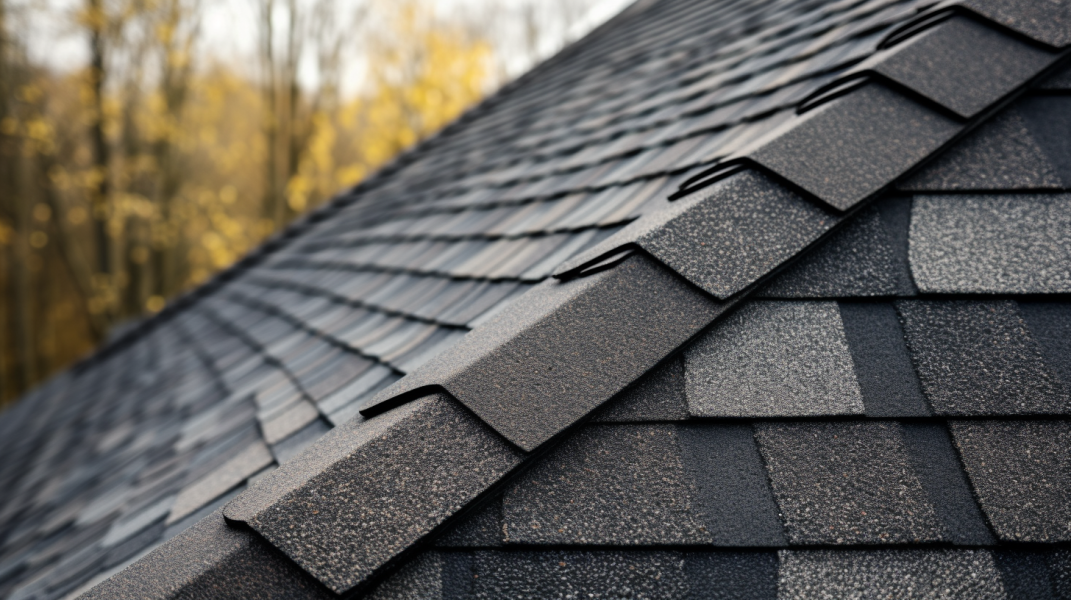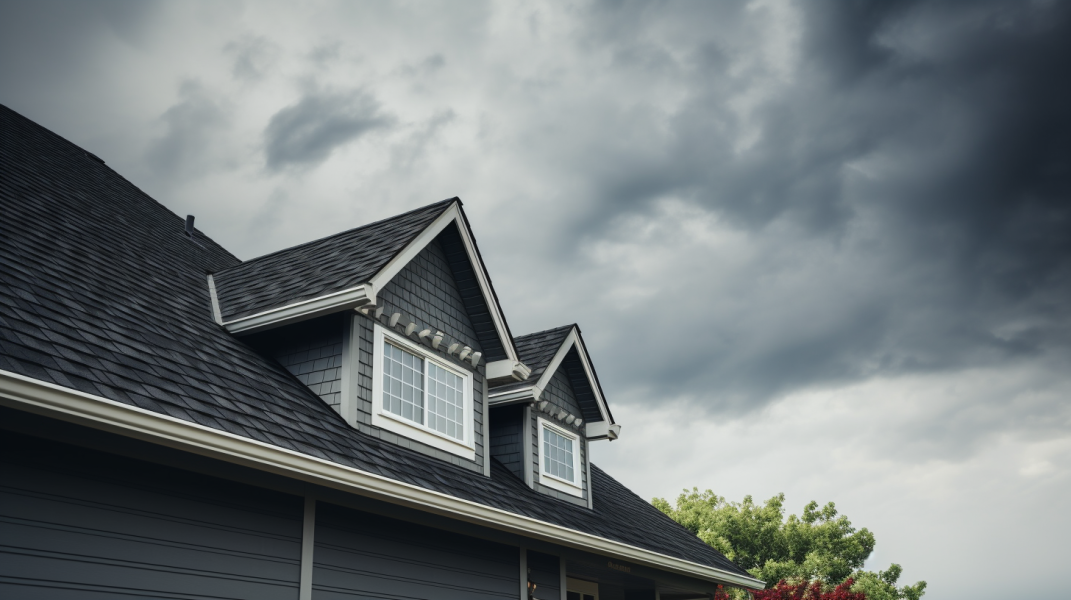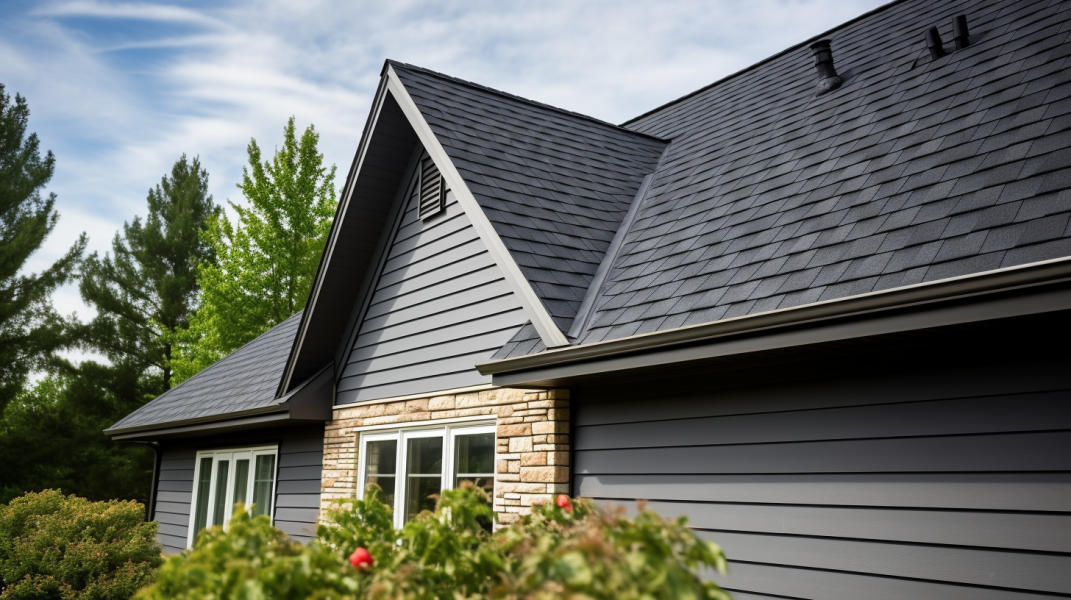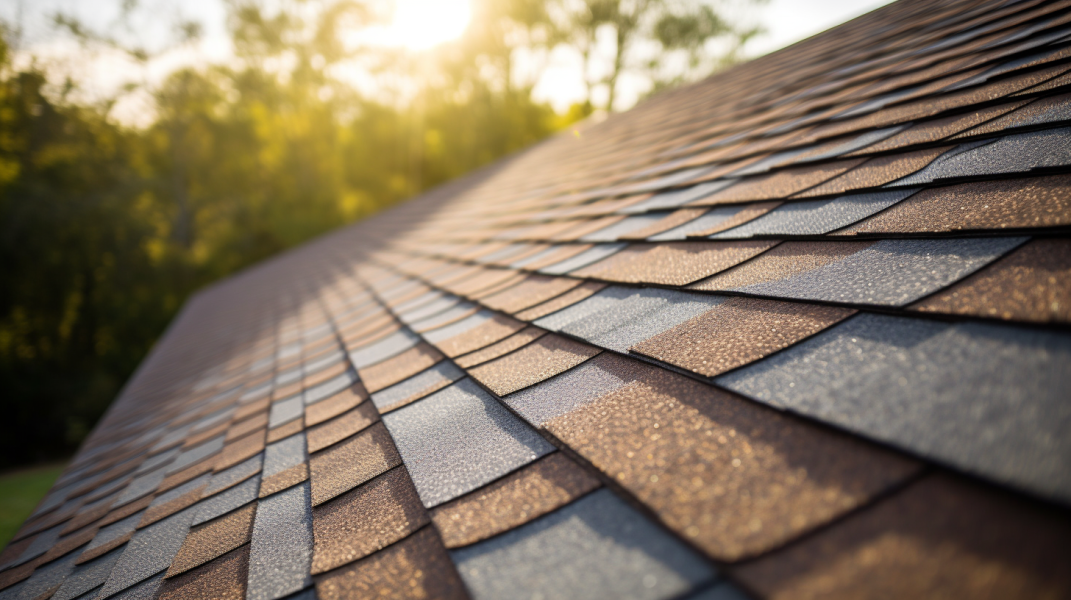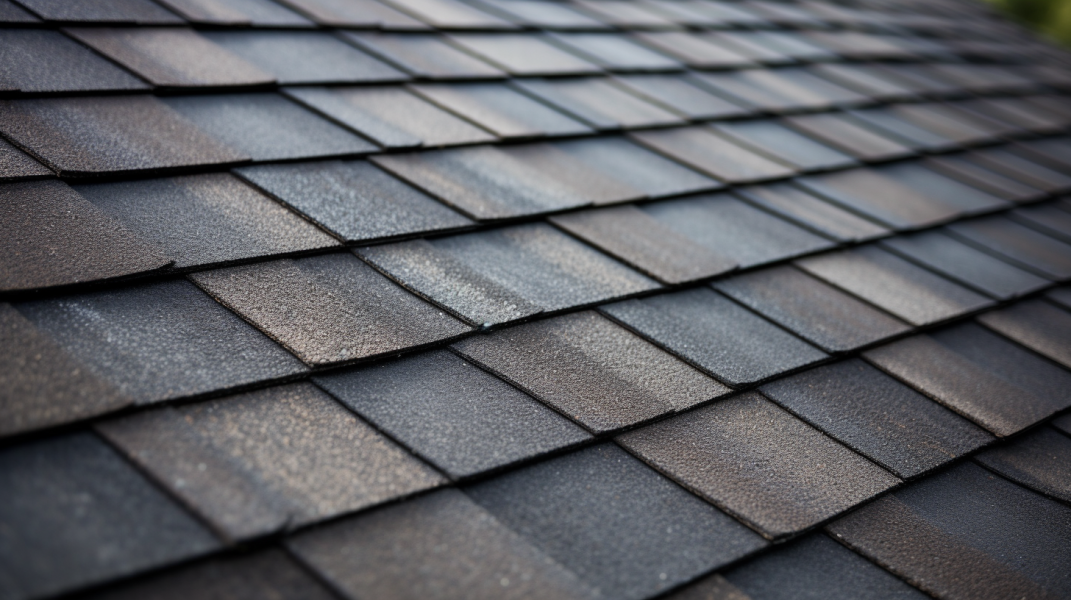Expert Guide on Roof Vent Installation for Enhanced Attic Ventilation
Introduction
Ensuring the longevity of your roofing materials and maintaining a healthy home environment necessitates a well-ventilated attic, achievable through the strategic placement of roof vents. Nova Home Improvements takes pride in guiding you through this crucial process, ensuring that your home benefits from optimal attic ventilation.
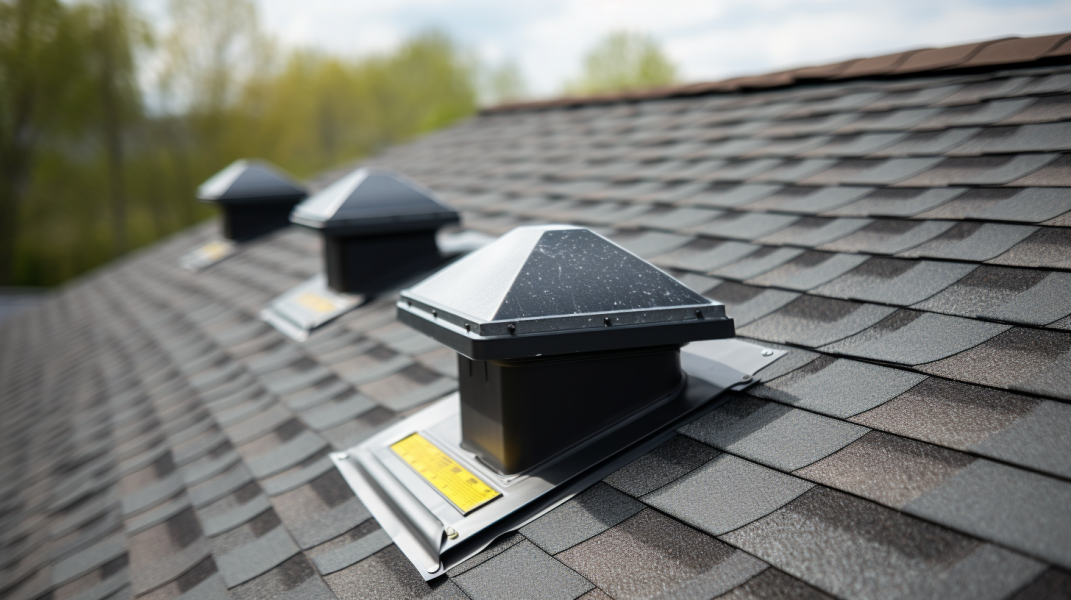
The Significance of Proper Roof Ventilation
The role of roof vents extends beyond mere functionality; they are integral to sustaining a balanced attic climate, averting condensation, and enhancing the energy efficiency of your dwelling. These vents introduce fresh air into the attic space while facilitating the escape of warm, moist air, thereby safeguarding your attic from dampness and protecting your roofing materials from untimely deterioration.
Determining Your Ventilation Requirements
Prior to embarking on the installation journey, it is imperative to ascertain the ventilation needs of your attic. This involves evaluating the size of your attic and the pitch of your roof to establish a balanced system of intake and exhaust ventilation.
To calculate the necessary “net free area” (NFA), measure your attic’s square footage and correlate it with the total NFA of your chosen vents. For attics with a vapor barrier, you should aim for 1 square foot of NFA for every 300 square feet of attic floor, evenly split between intake and exhaust. In the absence of a vapor barrier, this requirement doubles. Adjustments are necessary for roofs with a slope exceeding 6:12.
Choosing Appropriate Roof Vents
The market offers a plethora of roof vent types, each designed to cater to specific needs and roof structures. Selecting the appropriate vent is crucial for ensuring efficiency and adherence to local building regulations.
Intake Vents
Positioned at the roof's lower edge, intake vents permit fresh air to enter the attic. Popular varieties include soffit vents and drip edge vents.
Soffit Vents
Installed beneath the roof’s overhang, soffit vents are concealed, weather-resistant, and prevent pests while allowing air entry into the attic. It is vital to ensure that attic insulation does not obstruct these vents.
Drip Edge Vents
These vents fulfill a dual role of aiding water shedding at the eaves and serving as intake vents. However, their suitability is climate-dependent, and they are not recommended in colder regions.
Exhaust Vents
Situated near the roof’s apex, exhaust vents expel warm, moist attic air. Options encompass ridge vents, static vents, and powered vents.
Ridge Vents
Spanning the roof’s ridge, these vents provide continuous exhaust ventilation and can be shingled over to blend with the roof’s aesthetic. Proper installation and weatherproofing are paramount.
Static Vents
These non-motorized vents are strategically placed near the roof ridge to ensure unimpeded air flow. Precise installation is crucial for their effectiveness.
Powered Vents
These motorized vents actively remove warm attic air but necessitate a power source and regular upkeep.
Installation Insights and Recommendations
Irrespective of the vent type selected, meticulous installation is paramount. Adhering to the manufacturer’s guidelines is non-negotiable, and engaging a reputable roofing contractor in Chicopee, such as Nova Home Improvements, is advisable to guarantee a flawless installation.
Ensure an even distribution of intake and exhaust vents, and conduct regular maintenance to uphold their functionality.
In Summary
Adequate attic ventilation, achieved through the judicious installation of roof vents, is indispensable for the preservation of roofing materials and the overall wellbeing of your home. By adhering to the guidelines provided, you are on the path to ensuring a harmoniously ventilated attic space. Place your trust in Nova Home Improvements for unparalleled roofing expertise and services in Chicopee.







